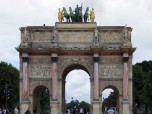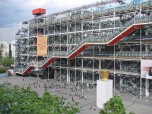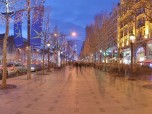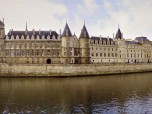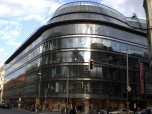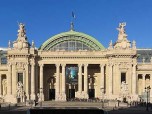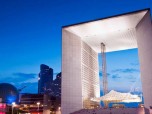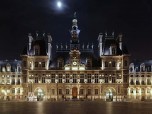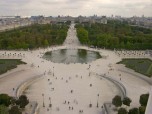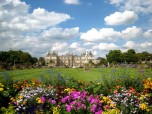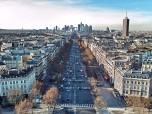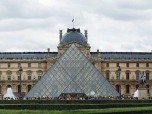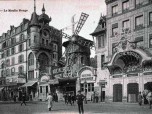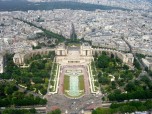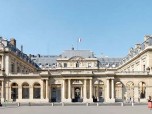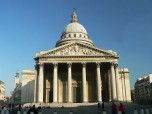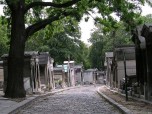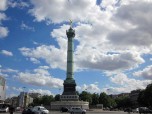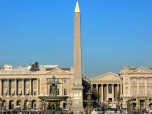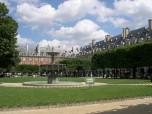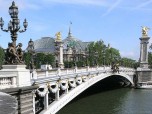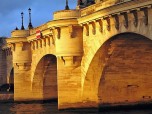The Jardin du Luxembourg is a 60 acre park in the 6th arrondissement of Paris. Founded in 1611 by Marie de’ Medici, it is an oasis in the heart of Paris and a premier example of Renaissance garden design. The garden has over a hundred fountains, statues and monuments, many dedicated to Queens of France, mythological figures, artists and female saints. The first model of Bartholdi’s Statue of Liberty can be found in the Jardin du Luxembourg. Other sculptures depict such noteworthy figures as Charles Baudelaire, Beethoven, Paul Verlaine, Georges Sand and Watteau.
The Parterre
The garden is dominated by a parterre, a formal type of garden laid out in pleasing geometrical patterns. It has a large octagonal basin that sports a playful jet of water in its center. Above it, arranged on terraces, are sculptures of some French queens and saints. Among them are Bathild and Clotilde, Margaret of Provence, Marguerite of Navarre, Marie de’ Medici, Jeanne III of Navarre and Anne Marie Louise d’Orleans. To the southwest, the visitor will find the puppet theater and an apple and pear orchard. Notoriously child-friendly, the Luxembourg gardens also feature playgrounds and an old fashioned carousel. Children are free to play with their model boats in the octagonal basin. Dominating the parterre is the imposing Luxembourg Palace, which houses the French Senate.
History
Originally, the Luxembourg Gardens was a monument to grief. Queen Marie decided she could no longer live at the Louvre, which was once a palace, after her husband Henri IV was assassinated. Born in Florence, she moved to the Hotel du Luxembourg and had its surroundings renovated to resemble the home of her childhood, the Pitti Palace. To help her in this she hired notable architects, landscapists and hydraulic engineers. These included Salomon de Brosse, Tommaso Francini and Jacques Boyceau de la Barauderie. Eventually, the grounds grew from about eight hectares to over thirty.
Neglect and Renovation
Over the centuries, the gardens were ignored by a succession of French monarchs and development was not restarted until after the French Revolution. The real enlargement and reconstruction of the park began to accelerate only in the late 19th century under the supervision of the great French architect Gabriel Davioud.
One of the most attractive things about the Luxembourg Gardens is that it is a most welcoming park. Despite its grandeur, it remains a park where ordinary people can take their lunch break, stroll around and escape the heat in the cool shadows around the Medici Fountain. This fountain, with its mythological themes, was built like a grotto as were so many other French Renaissance garden fountains. Visitors can also take in the orangerie, originally a place to shelter tender plants like orange trees from the Parisian cold. Now, it houses artwork.
In the Jardin du Luxembourg visitors are free to sit, play chess, read, daydream, enjoy a demitasse in a café or a glass of wine at an open air concert at the music kiosk. They can play tennis or other sports in the area between the Rue Guyenemer and the French Garden. When the Senate’s in session, people can enter the Palace and sit in on the proceedings.



